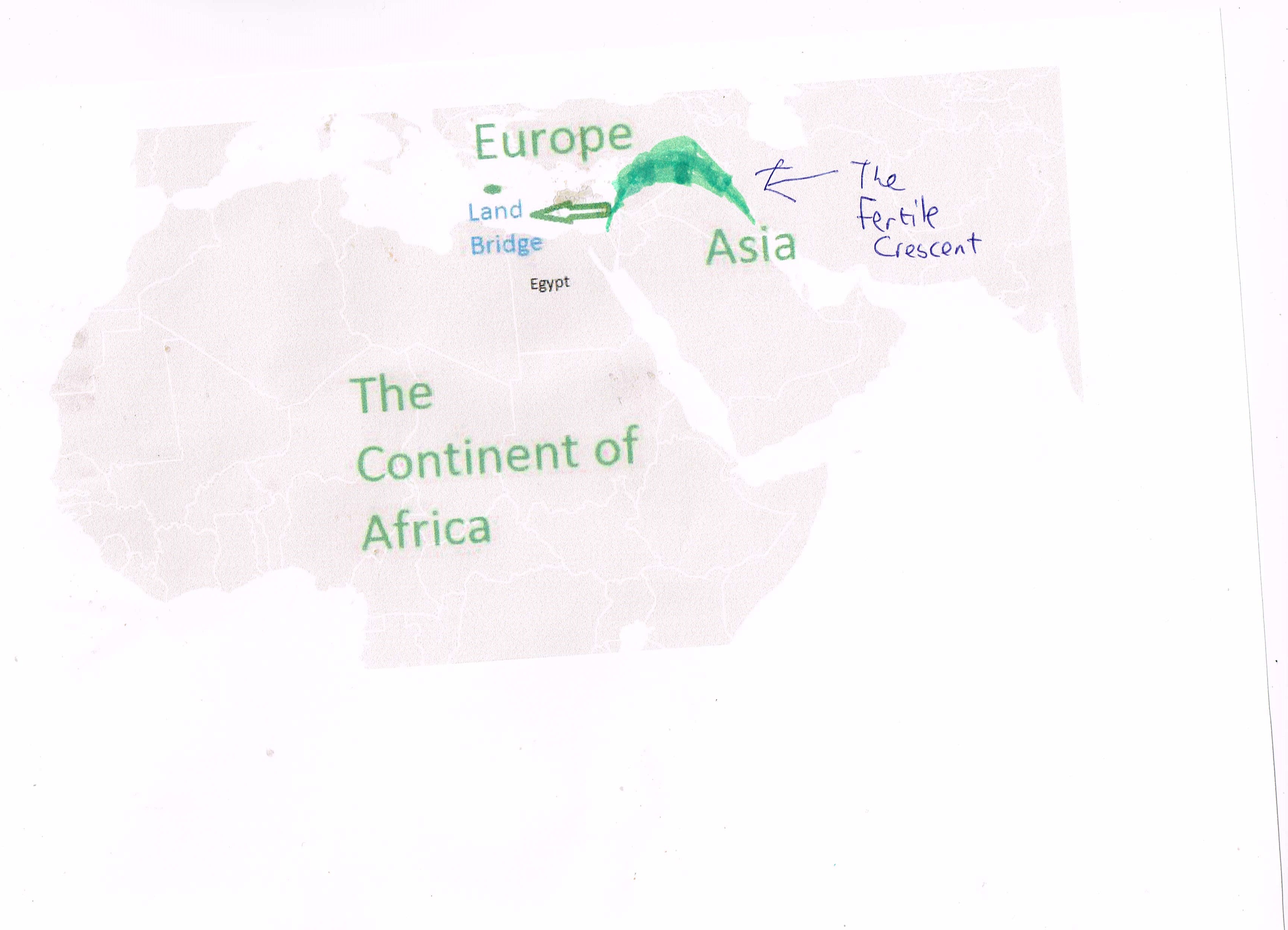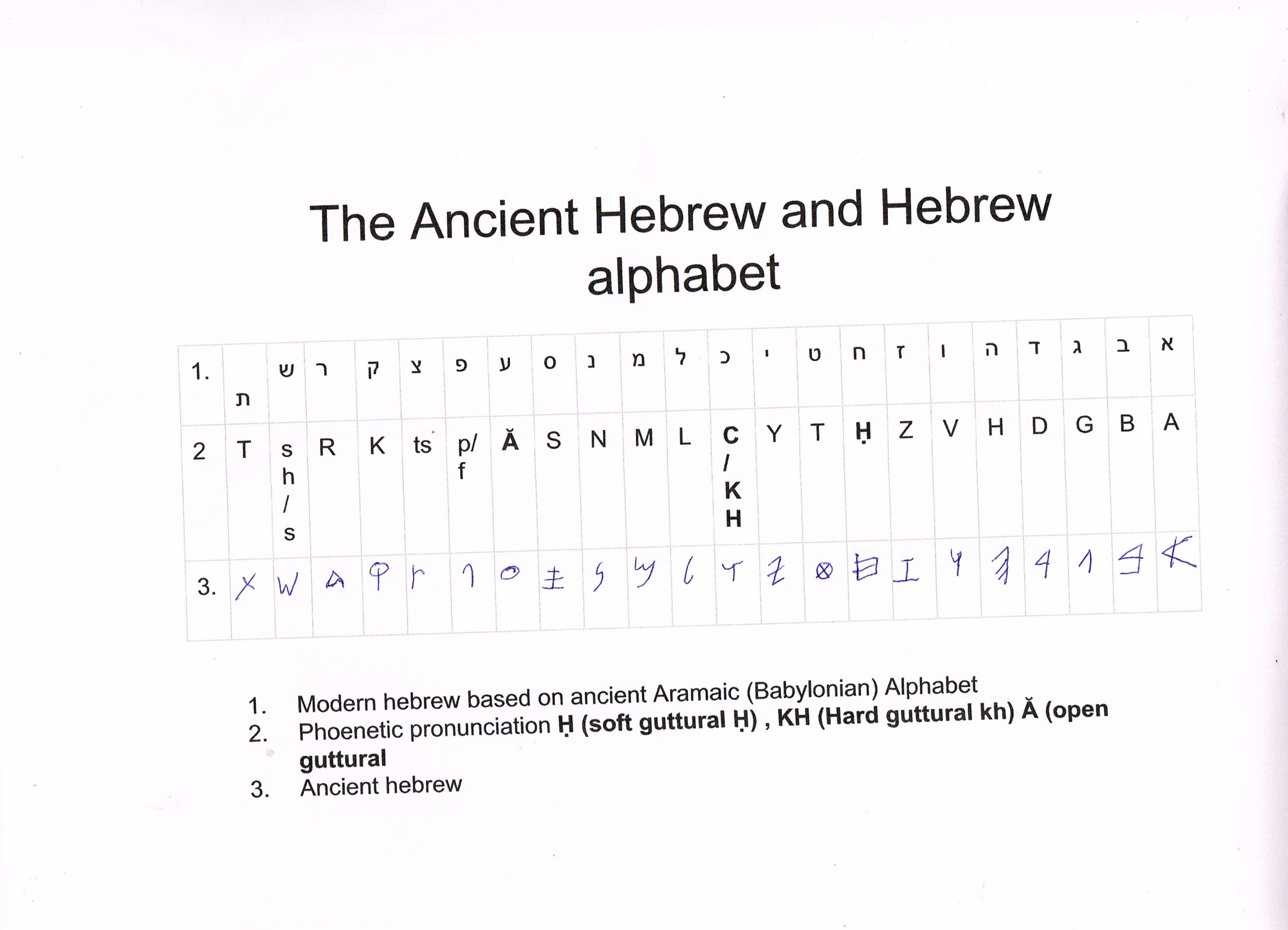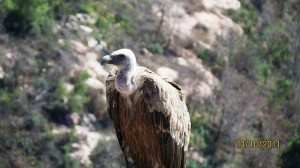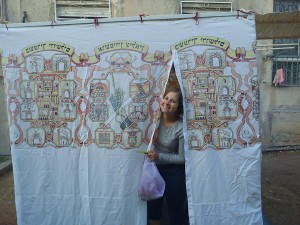Blogroll
- Ariel Zellman Research and publications about Israel
- Cats With Pens A blog about Reading, Writing and growing.
- FALSE DICHOTOMIES Alex Stein’s Blog about Israel
- Fun Joel's Israel Fun Joel’s Fun Israel Blog
- Gil Zohar Writer, Photographer, Sculptor and Tour Guide
- W3 EDGE, Optimization Products for WordPress
- Wandering the Holy Land My Blog
- Window on the Wall A blog about the Parshat Hashavuah (Torah Portion of the Week) and Israel News
- WordPress Plugins
Essential Services
- Jerusalem Dentist Expert Dental Care in Jerusalem with an English Speaking Dentist
Hotels and Guesthouses
- Le Jardin Ein Karem Le Jardin Ein Karem – A beautiful and quiet retreat in the picturesque village of Ein Kerem, perfect for a romantic getaway.
- My Jerusalem Studio Highly recommended Boutique Hotel in the Picturesque neighbourhood of Nachlaot.
Israel Culture
- Shoot East Short Films – Documentaries – Educational Videos
Israel Current Affairs
- Ariel Zellman Research and publications about Israel
- Window on the Wall A blog about the Parshat Hashavuah (Torah Portion of the Week) and Israel News
Israel Tour Guides
- Fun Joel's Israel Fun Joel’s Fun Israel Blog
- Gil Zohar Writer, Photographer, Sculptor and Tour Guide
- Israel Sunshine Tours My good friend and colleague Yaakov Sonnenchein’s Tour Guide website
- Nava Rosenbloom Fellow Tour Guide
Miscellaneous
- Jerusalem Dentist Expert Dental Care in Jerusalem with an English Speaking Dentist
- Tirtza's Marvellous Morning A Relaxing Boutique Spa in the outskirts of Jerusalem (women only)
Services
- Tirtza's Marvellous Morning A Relaxing Boutique Spa in the outskirts of Jerusalem (women only)
Sites in Israel
- Temple Mount Sifting Project archaeology, Temple Mount, Jerusalem, archaeological destruction, israel
Torah
- Window on the Wall A blog about the Parshat Hashavuah (Torah Portion of the Week) and Israel News
Category Archives: Uncategorized
Preparation for Podcast Episode 2 – the Ancient Hebrew and Hebrew Alphabets
Happy New Year
Donate Today to the One family Fund
Dear Friends,
I have decided to run in the Jerusalem Marathon to help the victims of terror. It would mean a lot to me if you could donate today to help those whose lives have been wounded by acts of terror.
Follow this link, thank you so much.
Why Hire a Tour Guide ?
I read this Great Article ! and I thought that more people should read it, its from my colleague Fun Joel’s blog.
Torah Portion and Spotlight on Nature: Yitro
“I Lifted you up on the Wings of the Nesher and brought you to me.” (Exodus 19:4)
In this week’s Torah Portion we discuss Moses going up Mount Sinai where the Eternal tells Moses to tell the Jewish People their divine purpose; to be a holy nation. He tells Moses to tell the Jewish people that he carried them on the wings of a bird called, in Hebrew, the Nesher.
Why I have n’t translated ‘Nesher’
The King James Bible translates ‘Nesher’ as eagle. This is mostly based in a European tradition identifying the Eagle as ‘The King of Birds’, the Eagle was the symbol of the Roman Empire and the Russian Empire. There is some zoological evidence to suggest that members of the Eagle family carry their children, though generally birds do not do this. However this identification does not fit other Biblical requirements. For instance, the Nesher, according to Micah 1:16 is supposed to be bald. Eagles (except for the American Bald Eagle which is not native to Israel an is not technically bald) do not tend to be bald, Vultures are. Vultures in Ancient Near Eastern folk tradition were associated with kingship. Vultures are also far larger than Eagles and have a larger ability to ‘pick stuff up’. One species, the Lammergeier or ‘Lamb Carrier’ in German, was even rumoured to carry away children.
Symbolism
The Symbolism of the Nesher is that its large wings are supposed to symbolise the eternal protection of the Eternal, know in Hebrew as the Shechinah.
For a more extensive explanation I encourage you to read Rabbi Natan Slifkin’s article on the subject.
Torah Portion / Spotlight on Nature and an Interesting Announcement
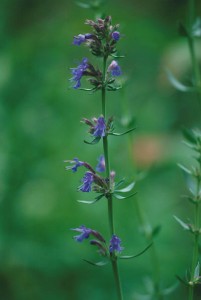 “You Shall take a bunch of Hyssop dip it in the blood in the basket and put it on the Doorpost”
“You Shall take a bunch of Hyssop dip it in the blood in the basket and put it on the Doorpost”
(Shmot / Exodus 12:22)
This Weeks Torah Portion discusses the last of the ten plagues sent against Pharaoh so that the Jewish People could be saved from bondage. The commandment above was set in the context of the plague of the killing of the first born. The Israelites were to smear blood in this manner so that the Angel of Death would pass over their houses.
Why Hyssop ?
According to the description of the purity ritual used to resolve Zara’at (translated by the King James incorrectly as leprosy) hyssop was also used. According to Rashi (see just about every post that I’ve made before to find out who he is), Hyssop is the lowliest of plants. So Hyssop is both a symbol of lowliness and purity.
The merit with which the Israelites were saved
The Rabbis tell us that the Israelites were submerged in 49 levels of ritual impurity when they were saved from Egypt. They also tell us that it was in the merit of their forefathers that they were rescued from slavery. The hyssop warns the Israelites not to think that it is by their own merit that they are being saved but by that of their forefathers. Hyssop is also a symbol of the new status of purity which they will aquire.
Other News….
I have not written for a while because I became engaged.
The Torah taught in this post is for the Health of Zlata bat Sima
Succot in the Sun
On any tour of Jerusalem for the next week, the week of Succot / Tabernacles (for instance if you were to book a Chol HaMoed Tour here) you will see many interesting little booths topped with leaves or bamboo canes and decorated with streamers and pictures (such as the one above). This custom derives from a commandment in the Bible (Leviticus 23: 42 – 43) that the Israelites should live in booths (Succot) for seven days. There is a deeper Kabbalistic reason for the custom which is apparent when one asks the question, why also on Succot do Jews read Kohelet / Ecclesiates?
A Book Focused on the Sun
One of the first verses in Kohelet says:
‘The Sun rises and the Sun sets – then to its place it is pulled and it shines again ‘ (Kohelet 1: 4)
In fact the book seems to have a pre – occupation with the Sun, it mentions the Sun many times. The Sun is a representation of Din; divine law and propriety. It fits a set programme which does not later at all, commanded by God to do what it does and not alter a tiny bit. Compared to rain, which seems fickle (and is a representation of Chesed, loving kindness), the Sun is a fixed thing.
A Protection against Din / Judgement
A Succah is a protection against the Sun, it shields the dweller from the Sun’s harmful rays, any Succah that fails to do so is not Kosher. Succot is supposed to be a time where we are protected from harsh divine Judegment, from Din. There is a phrase in Jewish liturgy;
‘On Rosh Hashanah (New Year) we consider how Judgement is made, on Yom Kippur it is sealed’
A Further Chasidic idea suggests that the final judgment is served on the last day of Succot and all the time from Yom Kippur to this day the judgement is suspended so as to give the person who was sentenced time to appeal. We have just finnished being judged a week ago on Yom Kippur being judged and the whole period of Succot is a period of being protected from Din, from harsh judgement.
The Succah is a representation of divine Chesed (loving kindness); protection against the harsh divine judgement made on Yom Kippur.
Dedicated to the health of Zlata bat Sima
To Learn more about Succot, join Yossi on a Chol HaMoed Tour
Torah Portion Ki Tavo – Where to stay ?
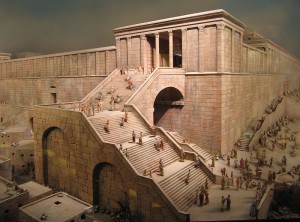 This week’s Torah Reading describes an obligation for all Jew’s to the bring first fruits of their produce in the Land of Israel to the Temple at three times in the year. The picture above is an artist’s impression of what one of the Gates to the Temple (Robinson’s arch) would have looked like. One can well imagine thousands of Jews crowding these steps waiting to present their first fruits. A good question to ask would be; if all the Jews in ancient Israel came here, where would they stay?
This week’s Torah Reading describes an obligation for all Jew’s to the bring first fruits of their produce in the Land of Israel to the Temple at three times in the year. The picture above is an artist’s impression of what one of the Gates to the Temple (Robinson’s arch) would have looked like. One can well imagine thousands of Jews crowding these steps waiting to present their first fruits. A good question to ask would be; if all the Jews in ancient Israel came here, where would they stay?
Visit the Davidson Centre
A guided tour in the Davidson Archeological Centre would answer this question. At the bottom of the park their are a series of excavations where the remains of massive structures were unearthed. It is thought that these massive structures dating back to the Herodian period were hostels for pilgrims.
Free Room and Board
In the light of certain aspects of Jewish law (See Tosefta Maaser Sheni 1:12) where renting rooms in Jerusalem was forbidden, it seems possible that there was not only a Hostel for a large number of people, but it was a a free hostel. There is a source where one Rabbi Elazar ben Zaddok even restricts the rental of linen or beds (see Ahron Horovitz’s book Jerusalem: Footsteps Through Time).
Come and See it for Yourself !
The Jews would come and present the first fruits every Pesach (Passover), Shavuot (Pentecost) and Succot (Tabernacles). It is still a tradition to make a pilgrimage to Jerusalem at these times of year. If you want to see some tour ideas click here !
To book your trip click here !
Torah Portion: What are the Tassles on the corners of my Clothes for ?
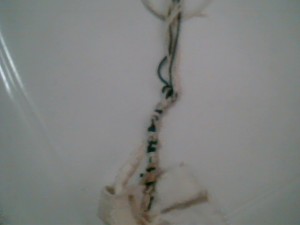 “You Shall Make Tassles on the Corners of your garments” (Deuteronomy 22:12)
“You Shall Make Tassles on the Corners of your garments” (Deuteronomy 22:12)
Twice this week I was asked by a traveller on one of my tours what the funny Tassels (one of which is pictured above) was for.
Its something that I forget when guiding is that some of the basic facts about Judaism are also interesting to someone visiting Israel for the first time.
The Commandment to Wear Tsitsit
Twice in the Bible (the source above and Numbers / Bamidbar 15:37 -41) the Jewish people are commanded to put tassels on the corner of their garments. In the instance in the book of Badmidbar / Numbers the Jewish people are told to wear distinctive blue tassels made out of a die found in the blood of a certain snail. The Rabbis interpreted that this commandment was only applicable for men and only during the day.
What’s the Reason?
According to the section in Badmidbar / Numbers the reason that Jews wear such tassels is to be constantly reminded about the commandments and not come to err.
Being a Moral Agent in one’s personal Deeds
The next verse is the start of a law concerning marital impropriety. The juxtaposition of these two concepts teaches that one could think that one wears Tsitsit in public so a person can be easily recognised as a religious Jew and then forced to behave in a proper manner due to social pressure. This time teaches that when only the individual himself can see his Tsitsit he is forced to act in a proper manner due to the meaning he himself places on these tassels.

